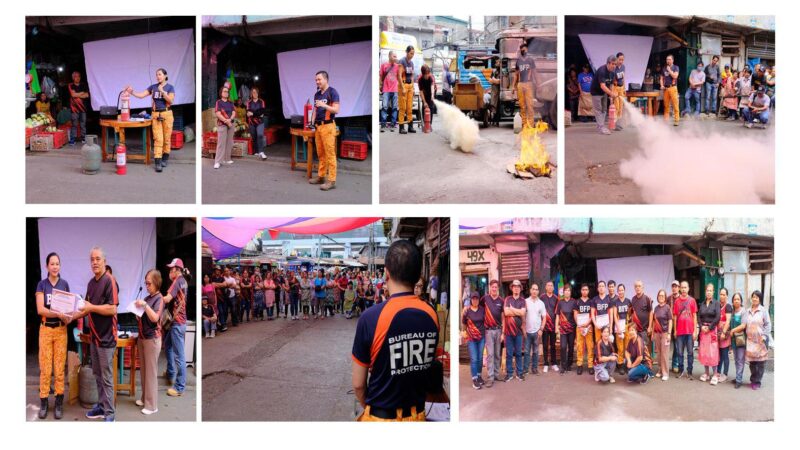Baguio’s limited resources, carrying capacity and urban decay issues reviewed in a public consultation at Barangay Lucnab

Information as to the city’s limited resources, carrying capacity and urban decay were reiterated in a meeting at Lucnab barangay hall last August 30.
According to City Planning Officer IV and lecturer Georgina Ngolab, the data presented were from a 2019 study.
Ngolab explained that urban decay is a sociological process where a previously functioning city collapses toward disrepair and decrepitude through irresponsible urbanization and industrialization, and is a result of breaching the city’s carrying capacity.
These yields to the depletion of resources over time, and development beyond this point will stretch limited supplies over a growing population.
In addition, economic crisis, high unemployment rates, unfriendly urban landscapes, widespread pollution, traffic and congestion becomes prevalent.
Failing to address these issues will eventually have the city fall into irreversible urban decay. In essence, the city will be unable to provide the necessities for comfortable living.
Ngolab revealed however, that to combat the effects of breaching the carrying capacity and to prevent the occurrence of irreversible urban decay, urban regeneration is needed, where the participation of urban dwellers is much needed.
Ngolab added that according to the 2019 study of the Carrying Capacity of Baguio City, the required urban road area which is at least 40 square meter per person has been breached beginning 1988; while solid waste generated per person which is supposedly 0.24 metric ton per person annually has been breached in 1994.
In terms of sufficient water needed for comfortable living which is 0.15 cubic meters per person per day, the threshold has been reached in 2022; while liquid waste that can be processed in the city’s sewage treatment plant with a threshold of 0.3 cubic meters per person per day was exceeded in 2007.
Open spaces which require at least 20 m. sq. per person has been breached in 2008, and land for development which requires at least 110 sq. m. per family has been breached in 2010.
Forest covers needing at least 40 m2 per person, was exceeded in 2012; while green covers which are supposed to be 80 m2 per person has also been breached in 2016.
Ngolab discussed further that watersheds have also been reduced due to urbanization and area development.
Busol, the biggest source of water, originally 82 hectares, is now 30% less which is around 60 hectares, while Buyog with 21.93 hectares then, is now 7.8 hectares, a reduction of 70%. Said data has been presented to other barangays, and during environmental programs, such as the Baguio Climate Change Summit earlier this year. At present Lucnab is a low-density residential zone, with general institutional zones and vacant forested areas, and as such, projects should focus on reforestation, orchards, and ecological and tree parks.
There should be no development done within the barangay unless it is compliant with the Department of Environment and Natural Resources (DENR) development regulations; and projects such as impounding dams, water tanks, among others require environmental impact assessments and Environmental Compliance Certificates (ECC).
Thus, Ngolab urged the residents to consider their barangay plans, programs and activities with the presented data, for urban regeneration. Other data as to barangay needs have also been reported in the assembly. – JGF







